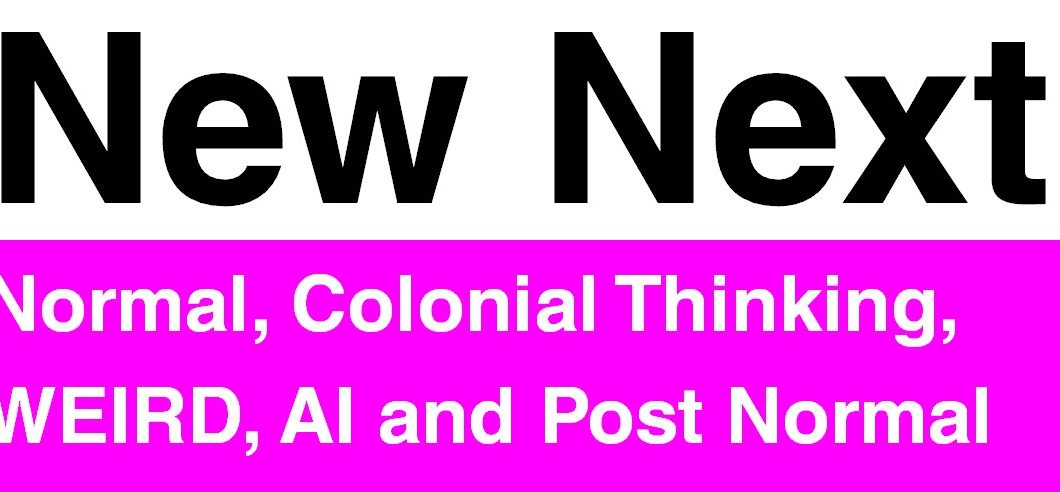
Introduction
This is the text of a Lightning Talk about Post Normal design I gave in early 2021.
Welcome
Hello, my name is Alastair Somerville. I run Acuity Design, which does accessible design for museums and public bodies, as well as facilitating workshops for companies and government agencies.
Edge Users
One of the things which comes up a lot in accessibility projects is a phrase and that phrase is Edge Users. It is the idea that there are people who have differing needs or capabilities away from the core target user group. That these people exist on a periphery, or on a border, away from the standard user group. What this really is talking about is that there is a position or a perspective that has been chosen to be able to view and discuss the problem. This perspective is based on the idea of a neutral position. The idea that there is something called Normal.
Normal
This is started with the mathematical average of Normal. This is an idea that has been around for about 180 years. The Belgian statistician Quetelet started it with his research in Scotland and the production of the first normal distribution curve. However, this idea that Normal is just data analysis and thus neutral is sadly, not really true. That is because of historical accident. The idea of normal, and the idea of using statistics came out roughly at the same time as ideas of Rationality in the Enlightenment and these all got swept into the European expansion into colonies.
Colonial thinking
Colonialism and Imperialism twisted the idea that there is a neutral position of a normal person. Normal transformed into the idea of there being a correct position and a correct type of person. This is visible in both European and American research, that the Normal, the Default, is a White Man. This is the big trap. The data tools developed in the late 19th century and early 20th century are about describing and testing preconceived ideas of the superiority of white men. It is this poisonous privilege that is embedded into the idea of Normal. Worse still is it is not problem that stayed in the past. it continues in the modern period. In the 1990s, it was noticed in Social Psychology, the kind of research which you come across when looking at behavioural design, that there was a problem with the data sets used in research. This is known as the WEIRD problem.
WEIRD
WEIRD is an acronym. It stands for White, Educated, Industrialised, Rich and Democratic. It was discovered that a lot of the research that had been done in social psychology for many decades was based on a very, very tiny group of people. When they analysed one of the main journals, the Journal of Social Psychology, it was discovered that 96% of the research about human behaviour or about social psychology was in fact, based upon WEIRD people. We only really understand human behaviour and social psychology in terms of White Men. We still see this historical bias in our data sets today, and in the research that is being performed now, to a very tiny specific group of people. We are anchored to historical bias. This is not merely problematic in the sense that it means that things are not necessarily true, but more powerfully that the historical bias biases us to rewarding one group and punishing another.
AI now
You can still see this now, in Artificial Intelligence work, where the algorithmic models, the machine learning models, are recreating historical bias, because the data sets are founded on the biases of Normal. With that bias towards prioritising the needs of white men and the biases against the needs of women or black people.
New Next
Therefore, we need to talk about Post Normal and the idea of the New Next. If we look to Post Normal, it is the idea that we break the anchor to Normal, the statistical average and that the normal is by default, white men. In doing that we create a huge opportunity space. Rather than thinking about the needs and wants of a small group of people, we can think about global audiences. We can look around and use the diversity and the divergences of humanity across the world. This is the idea that we can create a New Next. Rather than being anchored to the poisoned past of Normal, we can create a cascade of Next’s. Doing more research, with more people to create more possibilities.
If you would like to talk more about these issues, either email me a.somerville@acuity.design or tweet @acuity_design.
